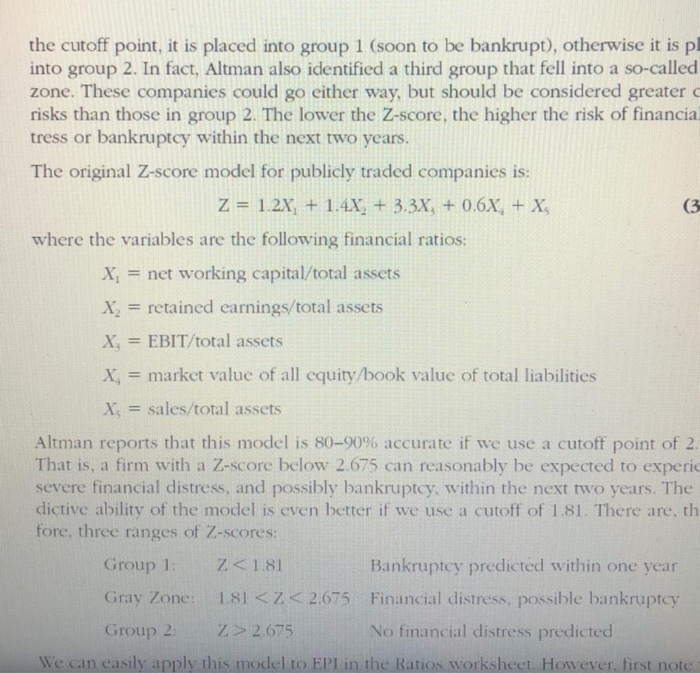please provide formulas 2. Sweet Dreams Corp, has prepared the following financial statements: Sweet Dreams Corp. Sweet Dreams Corp. Income Statement Balance Sheet For the Year Ended Dec. 31 2017 As of Dec. 31 2017 2017 2016 Assets 2017 2016 Sales 3,074,000 2,567,000 Cash 431,000 339,000 Cost of Goods Sold 2,088,000 1,711,000 Accounts Receivable 503,000 365,000 Gross Profit 986,000 856,000 Inventories 289,000 300,000 Selling and G&A 294,000 295,000 Total Current Assets 1,223,000 1,004,000 Expenses Fixed Expenses 35,000 35,000 Gross Fixed Assets 4,669,000 4,322,000 Depreciation Expense 239,000 223,000 Accumulated Depreciation 2,295,000 2,056,000 EBIT 418,000 303,000 Net Fixed Assets 2,374,000 2,266,000 Interest Expense 93,000 91,000 Total Assets 3,597,000 3,270,000 Earnings Before Taxes 325,000 212,000 Liabilities and Owners' Equity Taxes 94,000 64,000 Accounts Payable 382,000 270,000 Net Income 231,000 148,000 Short-term Notes Payable 79,000 99,000 Accrued Expenses 159,000 114,000 Total Current Liabilities 620,000 483,000 Long-term Debt 1,023,000 967,000 Total Liabilities 1,643,000 1,450,000 Common Stock 819,000 808,000 Retained Earnings 1,135,000 1,012.000 Total Shareholder's Equity 1.954,000 1.820,000 Total Liabilities and Owners' 3,597,000 3,270,000 Equity a) Using the Altman's model for privately held firms and public ones, calculate the Z-score for Sweet Dreams Corp. Assume that the market value of Sweet Dreams Corp. is $1,200,000. b) Calculate Sweet Dreams Corp.'s economic profit for these years and compare it to net income. Assume that the weighted average cost of capital is 12%. the cutoff point, it is placed into group 1 (soon to be bankrupt), otherwise it is pl into group 2. In fact, Altman also identified a third group that fell into a so-called zone. These companies could go either way, but should be considered greater risks than those in group 2. The lower the Z-score, the higher the risk of financia tress or bankruptcy within the next two years. The original Z-score model for publicly traded companies is: Z = 1.2x + 1.4x + 3.3X, + 0.6X, + X, where the variables are the following financial ratios: X; = net working capital/total assets X = retained earnings/total assets X = EBIT/total assets X = market value of all equity/book value of total liabilities X; = sales/total assets Altman reports that this model is 80-90% accurate if we use a cutoff point of 2. That is, a firm with a Z-score below 2.675 can reasonably be expected to experic severe financial distress, and possibly bankruptcy, within the next two years. The dictive ability of the model is even better if we use a cutoff of 1.81. There are, th fore, three ranges of Z-scores: Group 1: Z 2.675 No financial distress predicted We can easily apply this model to EPL in the Ratios worksheet. However, first








